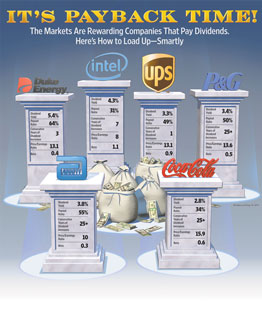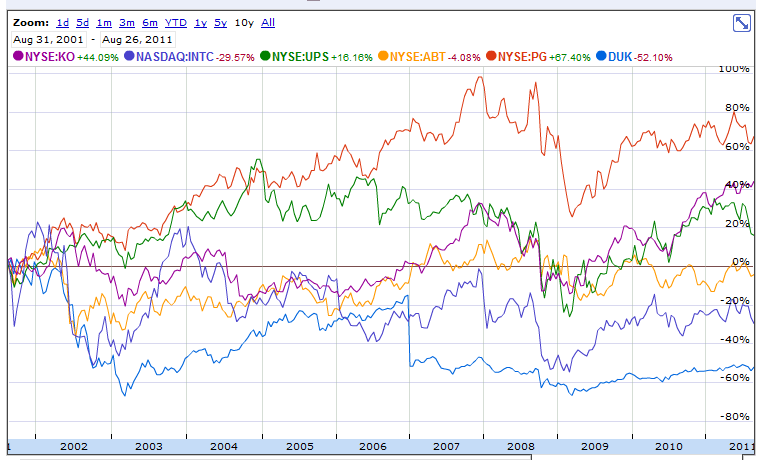The S&P Dividend Aristocrats indices constitute stocks that have increased dividends for many consecutive years. For example, the S&P 500® Dividend Aristocrats measures the performance of large-cap blue chip companies in the S&P 500 that have followed a policy of increasing dividends for at least 25 consecutive years. So investors looking to add dividend stocks to their portfolios can use these indices as a starting point.
Download S&P Dividend Aristocrats indices in excel:
1. SP 500 Dividend Aristocrats List-2011
2. S&P High Yield Dividend Aristocrats-2011
3. S&P Pan Asia Dividend Aristocrats-2011

